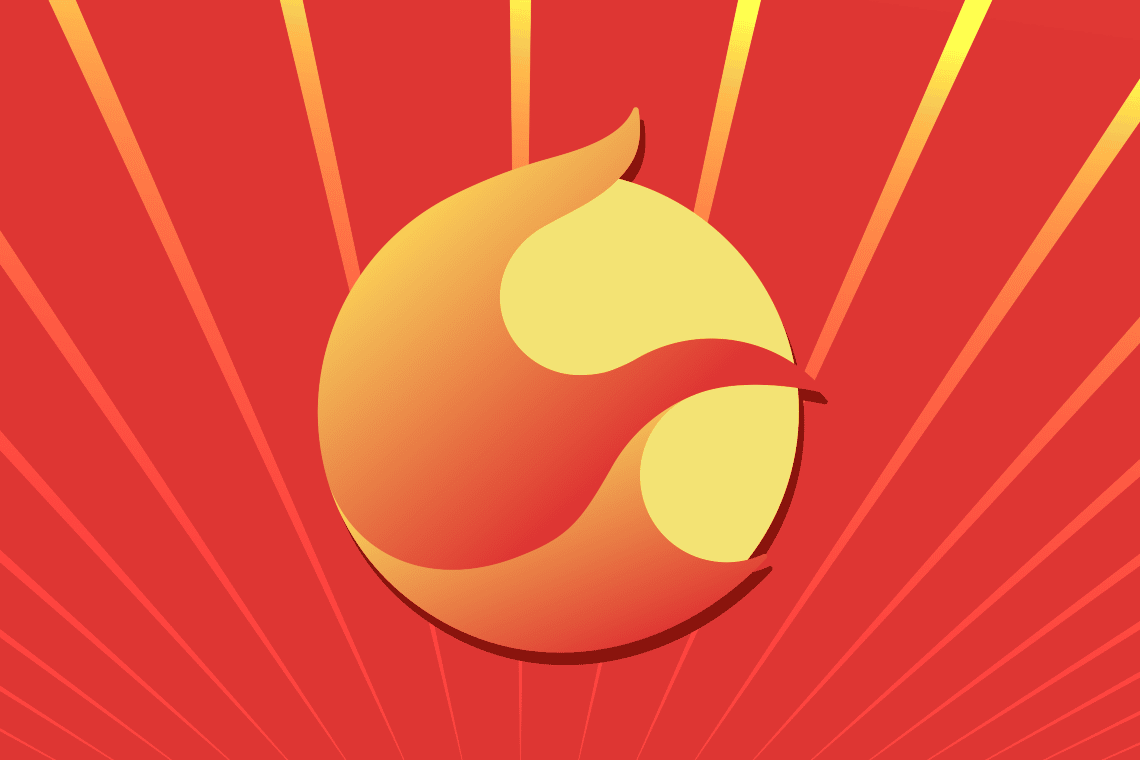Luna Classic, Terra Classic’s cryptocurrency, has a token burn program, with progress viewable on several trackers, that aims to reduce circulating supply on a regular basis.
Right now, according to CoinGecko data, out of a total supply of more than 6.9 trillion LUNC tokens there are more than 6.880 billion in circulation.
However, Luna Classic should not be confused with Luna, because they are now two completely different and independent cryptocurrencies. Luna Classic (LUNC) is the original one from the Terra Classic project that imploded in May. The new Luna, on the other hand, is the one born after the implosion with the new Terra project, which is why it is also called Luna 2.0.
Summary
Terra Luna Classic: the burn program and trackers
In the specific case of Luna Classic, the May implosion was also due to an incredible explosion in the amount of LUNC tokens, even though they were still called simply LUNA at the time.
In fact, in just a few days, it went from 0.76 billion to 6.9 trillion tokens in circulation, and this literally imploded their price.
Since then a burn program has been initiated, but it is proceeding very slowly.
There is an updated tracker on TerRarity that shows how many LUNC tokens are being removed.
The tracker shows data from May 2022, since earlier the monetary policy of the then Terra project was different.
So far, in five months, only 22.7 million tokens have been burned, or only 0.33% of the total. At this rate it will take a little less than a year and a half to burn only 1% of the total supply, and about fifteen years to get to 10%.
In other words, the burn program is proceeding very slowly, so much so that the price of LUNC since the peak in early September has been falling almost steadily.
Compared to the pre-implosion period, LUNC has lost almost 100% of its value, but compared to the lows at the end of June it has gained 280%.
However, the burn program has accelerated only since late September, and since then the price has fallen 23%.
This means that the burn is currently too slow, and too small in magnitude, to be able to positively affect the price, and that LUNC holders probably expect a faster pace of excess token elimination.
Binance and the Terra Luna Classic burn program
One of the key players in this burn program is Binance.
Indeed, in late September the famous exchange announced the introduction of a burn mechanism on all fees on LUNC trading pairs, but as seen above this has only led to a slight acceleration of the process.
#Binance will implement a burn mechanism to burn all trading fees on $LUNC spot and margin trading pairs. https://t.co/Depz9nYDVO
— Binance (@binance) September 26, 2022
It is worth noting that since Binance introduced these measures less than a month ago, 18 of the 22 million LUNC tokens have been burned so far in five months.
Thus in the first four months the overall program burned only about one million tokens per month, while since the burn program was launched on Binance more than 18 million have been burned per month.
Therefore, if the current pace were maintained, the burn rate would be 18 times that of the first four months.
Terra 2.0: Luna
According to CoinGecko data, out of a total supply of more than 1 billion Luna tokens in circulation, there would be only 155 million in circulation. The thing is, Luna’s total supply continues to increase.
However, according to CoinCheckup data, the circulating supply has shrunk from 210 million at the end of May to the current 125 million.
It is worth mentioning, however, that different aggregators report different data regarding the actual circulating supply, so this figure is not to be taken with certainty. The figure on total supply, on the other hand, is certain.
In theory, the circulating supply should be more important than the total supply, but even in the case of LUNA the apparent reduction in circulating supply has not been good for the price.
After a spike in early September, which was immediately retraced, the price fell from about $3 to $2.4.
The founder’s problem
It is possible that the prices of not only LUNA but also LUNC were affected by the judicial problems of founder Do Kwon.
In fact, he is wanted by police in South Korea, his home country, who would like to arrest him. Do Kwon, however, had long since moved to Singapore, but apparently then fled to Dubai to escape capture.
The truth is that law enforcement does not know exactly where he is, and it seems quite likely that he is trying to escape capture by moving to places where the same law enforcement agencies are having difficulty finding him.
An international arrest warrant hangs over him, so it may not be easy to find countries where law enforcement refuses to arrest him.
The other problems
There are also other problems related to the current and future development of the two projects.
As for Terra Classic, it seems impossible for the new team to rebuild everything that was lost with the May implosion.
As for the new Terra project, there is the big unknown of how it can evolve without Do Kwon’s key contribution.
Moreover, during the current long bear market projects like these are really struggling to find new investors who are willing to buy the tokens in the hope that they might be worth more in the future.
So at this time it is not surprising that both LUNC and LUNA perform poorly in the markets, partly because enthusiasm for them has now died down.
Until May 2021, sentiment about the Terra-Luna project was very positive, but after the implosion, it became heavily negative.




